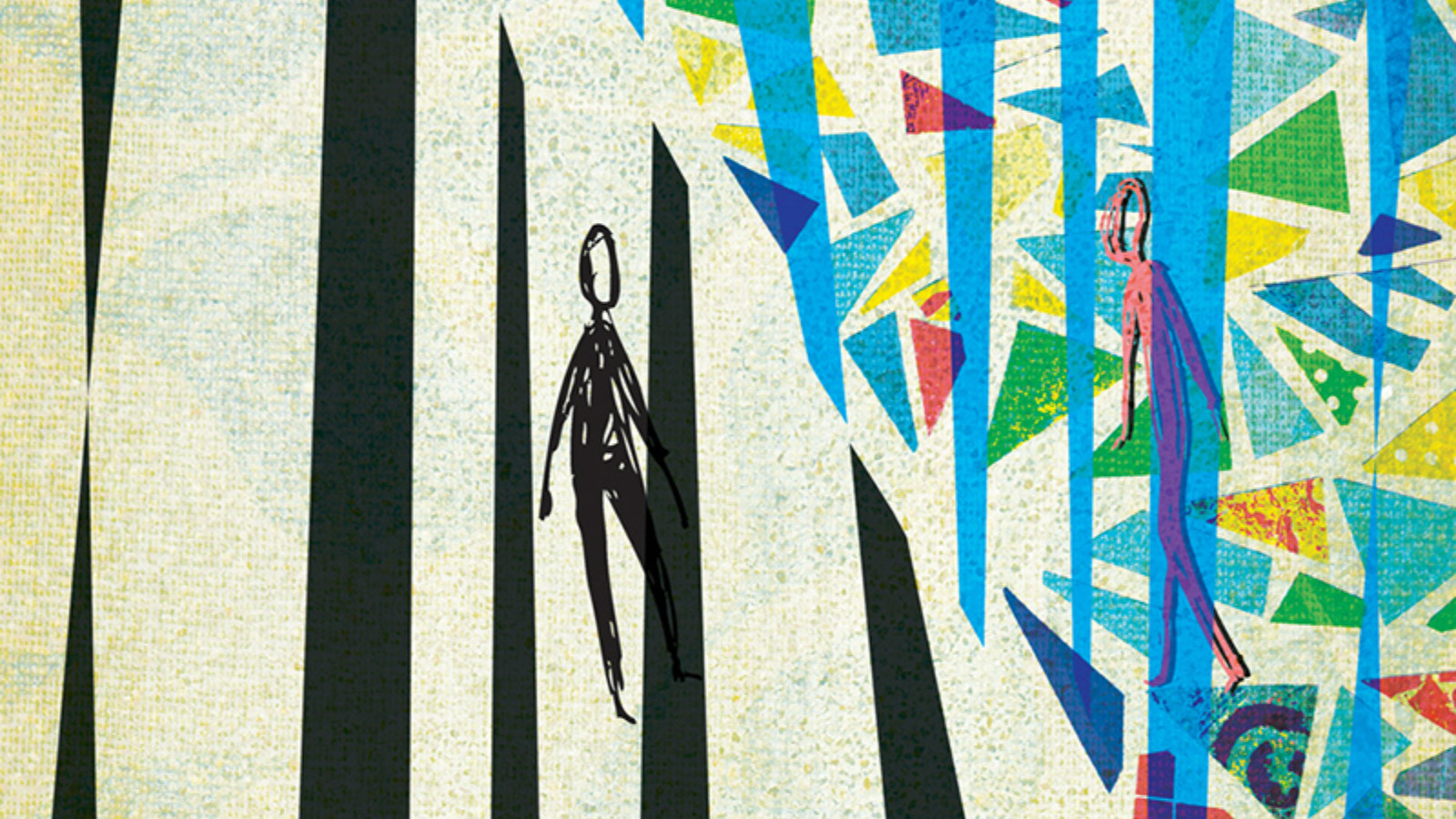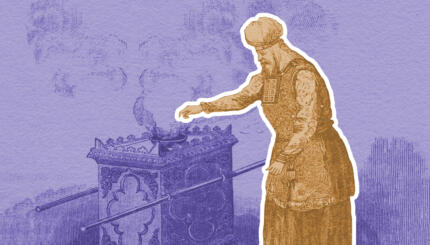Commentary on Parashat Tazria, Leviticus 12:1 - 13:59
Many people see Parshat Tazria — along with its sister portion, Metzora — as simply anachronistic texts. These portions are mysterious-sounding to modern ears and cringe-worthy in their details of dermatological minutia, including references to white spots, oozing sores, and hairs growing from blisters. One gets the idea that even the Torah itself isn’t too sure about what’s going on.
The condition discussed in this portion is tzara’at—often poorly and erroneously translated as “leprosy.” What would happen to a person who suffered from this enigmatic condition? They would be in a state of toom’ah—or, ritual impurity—and thus had to remove themselves from the general population and dwell outside of the camp.
It’s too facile to simply dismiss our discomfort with these passages by rationalizing that wandering in the desert for years led to various skin conditions that we might not understand any longer. Instead, this part of the Torah may well be the most relevant, poignant, and emotionally powerful of the entire year. Rather than reading these chapters as esoteric excerpts out of a biblical medical textbook, the Torah is telling us something profound about the human condition.
We can understand tzara’at as a metaphor for when a person’s body or health goes out of control— something many people deal with all the time. Like us, our biblical ancestors often felt helpless and frightened in these situations.
With your help, My Jewish Learning can provide endless opportunities for learning, connection and discovery.
And this doesn’t necessarily refer only to physical conditions. Tzara’at may refer to emotional distress as well. To paraphrase a famous passage in the Talmud, don’t read tzara’at as leprosy, but rather tzarot—trouble and distress.
Seen in this light, a person suffering from tzara’at felt marginalized from the community. Either through their own suffering, or maybe more realistically as a result of being ostracized, they lived in a state of toom’ah—literally existing apart from and on the fringes of the community.
Here, in the midst of this mysterious language, is where a moment of utmost compassion takes place. The kohen, the priest, would go to these afflicted people when no one else would and he would do something amazing. Understanding the sublime power and gift of physical contact, he put his hands on them.
Let’s take a look at what’s going on with you, one can imagine the priest saying. Let’s find a way for you to regain control over your body. Let’s find a way for you to solve this. Let’s find that way together. We want you to come back. We need you back. I need you back. Your community needs you back.
This Torah portion doesn’t just describe the kohen, but invites us to BE the kohen, to be the person who reaches out to those who dwell in a state of emotional or physical toom’ah in our communities.
A very telling verse concludes the following parsha, Metzorah:
V’hizartem et B’nei Yisrael mi-toomatam, v’lo ya-mootoo b’toomatam.
Let the children of Israel be warned against existing in a state of toom’ah, so that they don’t die because of their toom’ah.
Only by our acts, by imagining ourselves as the modern day spiritual descendants of the priests and reaching out to the disaffected and disenfranchised among us, can we ensure the survival of the Jewish community.
Cantor Matt Axelrod has served Congregation Beth Israel of Scotch Plains, New Jersey, since 1990. He is a graduate of the Jewish Theological Seminary of America and a national officer of the Cantors Assembly. Cantor Axelrod is the author of “Surviving Your Bar/Bat Mitzvah: The Ultimate Insider’s Guide,” and “Your Guide to the Jewish Holidays: From Shofar to Seder.” You can read his blog at mattaxelrod.com.



